Search
Search Results
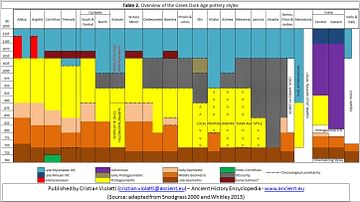
Image
Table 2 - Overview of the Greek Dark Age pottery styles
Overview of the different pottery styles found in Greece between 1050 BC to 700 BC.
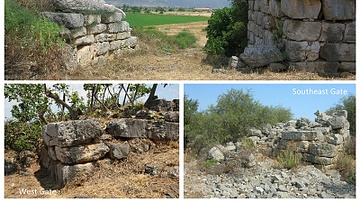
Article
The Island of Gla: A Mycenaean Mystery Solved?
The island of Gla, an enigmatic Mycenaean citadel in the north-eastern corner of the Copais basin lies 70 miles north of Athens, in the region of Boeotia. Lake Copais was the largest lake in Greece until the late-19th century CE when it was...

Image
Bronze Horse Bit with Winged Goats from Western Iran
Luristan Bronze artefact from Iron Age II or III, c. 950-650 BCE. National Museum of Iran, Tehran. Acc. no. 3915, Photograph by Nima Fakourzadeh (Baloot Noghrei) In archaeology, the cast objects with bronze decorations...
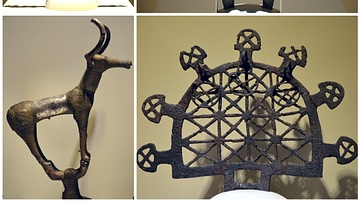
Image
Alacahöyük Bronze Standards
The Alacahöyük Bronze Standards are a series of Hattian bronze objects found among the grave goods in the royal tombs in Alacahöyük, a Neolithic and Hittite settlement situated in Alaca, in the Çorum Province of Turkey. The standards are...
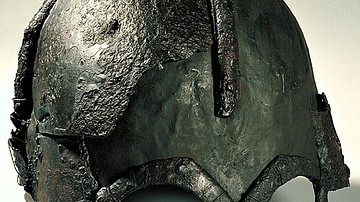
Image
Viking Age Helmet
The Viking Age helmet pictured here is known as the Gjermundbu helmet, named after the farm it was found at near Haugsbygd, Norway, in 1943 CE. It was located inside a Viking Age burial chamber. Although at the time of discovery it was in...
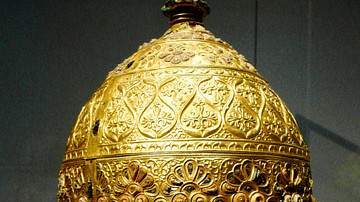
Definition
Ancient Celts
The ancient Celts were various tribal groups living in parts of western and central Europe in the Late Bronze Age and through the Iron Age (c. 700 BCE to c. 400 CE). Given the name Celts by ancient writers, these tribes and their culture...
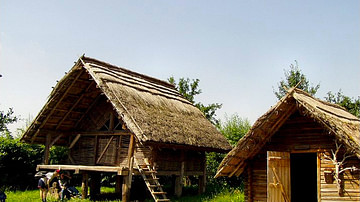
Definition
Hallstatt Culture
The Hallstatt culture is named after the site of that name in Austria and it flourished in central Europe from the 8th to 6th century BCE. The full period of its presence extends from c. 1200 to c. 450 BCE - from the Late Bronze Age to the...
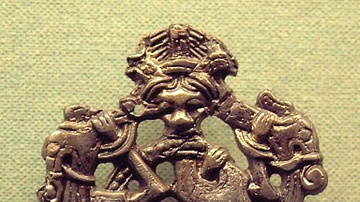
Image
Viking Age Pin In Borre Style
Viking Age bronze clothing pin (fibula) found in the Viking settlement of Hedeby, heavily decorated in the so-called Borre style (c. 850-late 10th century CE).
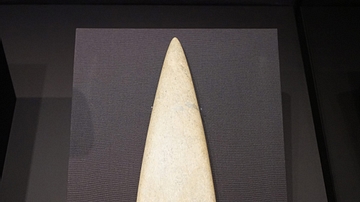
Image
Stone Age Jade Axe
Jade, 5000-3600 BCE. Biebrich, Germany. This axe is made of European jade mined in prehistoric quarries in the Italian Alps. It appears to be an object of beauty rather than function. It would have taken several days to polish this jade...
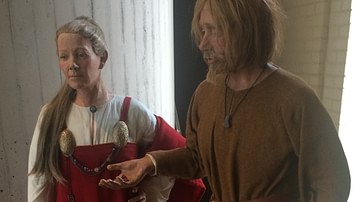
Image
Viking Age Clothing
Reconstructions of Viking Age clothing as found on display at the Archaeological Museum in Stavanger, Norway. The woman is wearing a white shift or underdress, a red overdress (hangerock or smokkr) and two characteristically Viking oval brooches...